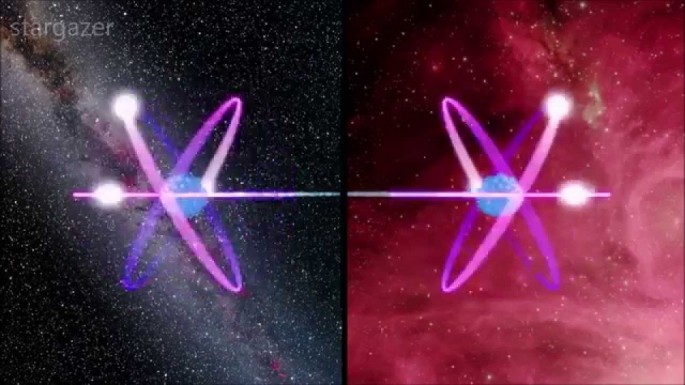Scientists at MIT (Masachusetts Institute of Technology) have developed a record-breaking method that uses a single photon to entangle 3000 atoms. This breakthrough could result in applications such as super-precise atomic clocks.
Vladan Vuletic, Physics professor at MIT, explains that according to conventional wisdom one photon (particle of light) "cannot possibly" alter the state of 3,000 atoms. However, the photon his team members used in their new technique can do exactly that.
The MIT researchers have discovered a new class of entangled states. However, Vuletic believes that physicists can explore several other types.
"Entanglement" happens when at least two particles change in the same way and at the same time, according to HNGN. Famed physicist Albert Einstein once referred to entanglement as a "spooky action" observed from far away.
However, times have changed. There is now solid proof that scientists view particles acting differently on an atomic scale, according to Tech Times.
Researchers have been looking for techniques to entangle huge numbers of atoms, to provide the public with useful applications. The atomic clock is one example.
Ironically, today's atomic clocks work in the same way that a traditional pendulum does. They include vibrations within a group of trapped atoms. A laser beam in atomic clocks read those vibrations to indicate the passing of one second.
Atomic clocks are incredibly accurate. If they had run since the Big Bang about 13.8 billion years ago, today their inaccuracy would be a maximum of one second.
The more entangled particles are contained in an atomic clock, the more accurate it will be. The past record for the highest number of entangled atoms was just 100.
Researchers boosted the record 30 times to 3,000 particles, by using a method that included weak laser light. That laser contained a single photon.
Eugene Polzik, a quantum optics professor Niels Bohr Institute said that the new technique "significantly broadens" the ways physicists can produce and use atomic entanglements. Some of the applications include atomic clocks, computers, and communication.
So blaming tardiness on an inaccurate atomic clock will always be an uphill battle.



























